
Called the Hill House, this 10,720-square-foot mammoth structure is home to art collectors Bruce Heavin and Lynda Weinman. Tucked away in Montecito, California the home is truly eye AND mind-boggling. The home is designed by Southern California-based Donalson+Partners, and it does seem to be inspired by other Hill Houses, that seem to be omnipresent in the US, and in the famous Shirley Jackson novel ‘The Haunting of Hill House’. But the inspiration and similarity only apply to the home’s size and uniqueness, not spookiness.
Designer- Donaldson+ Partners
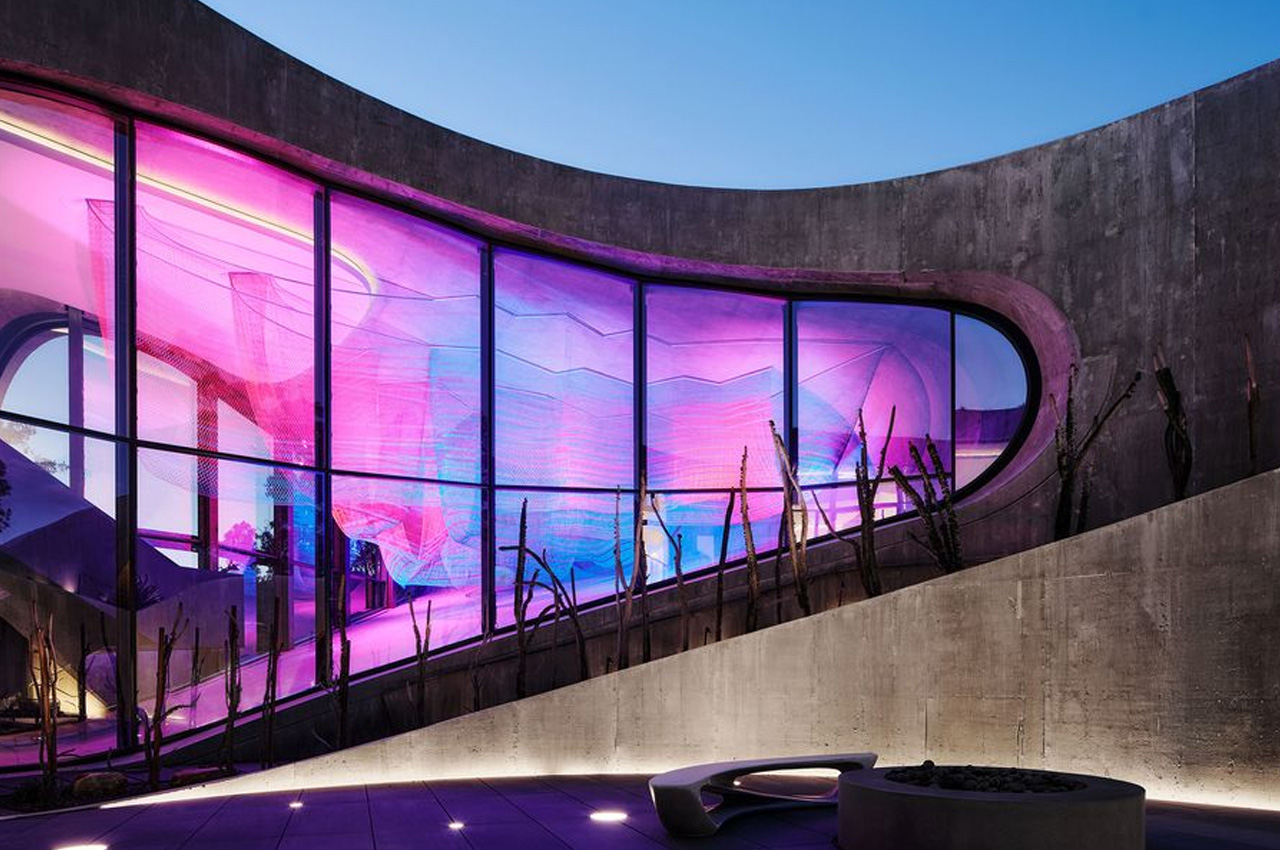
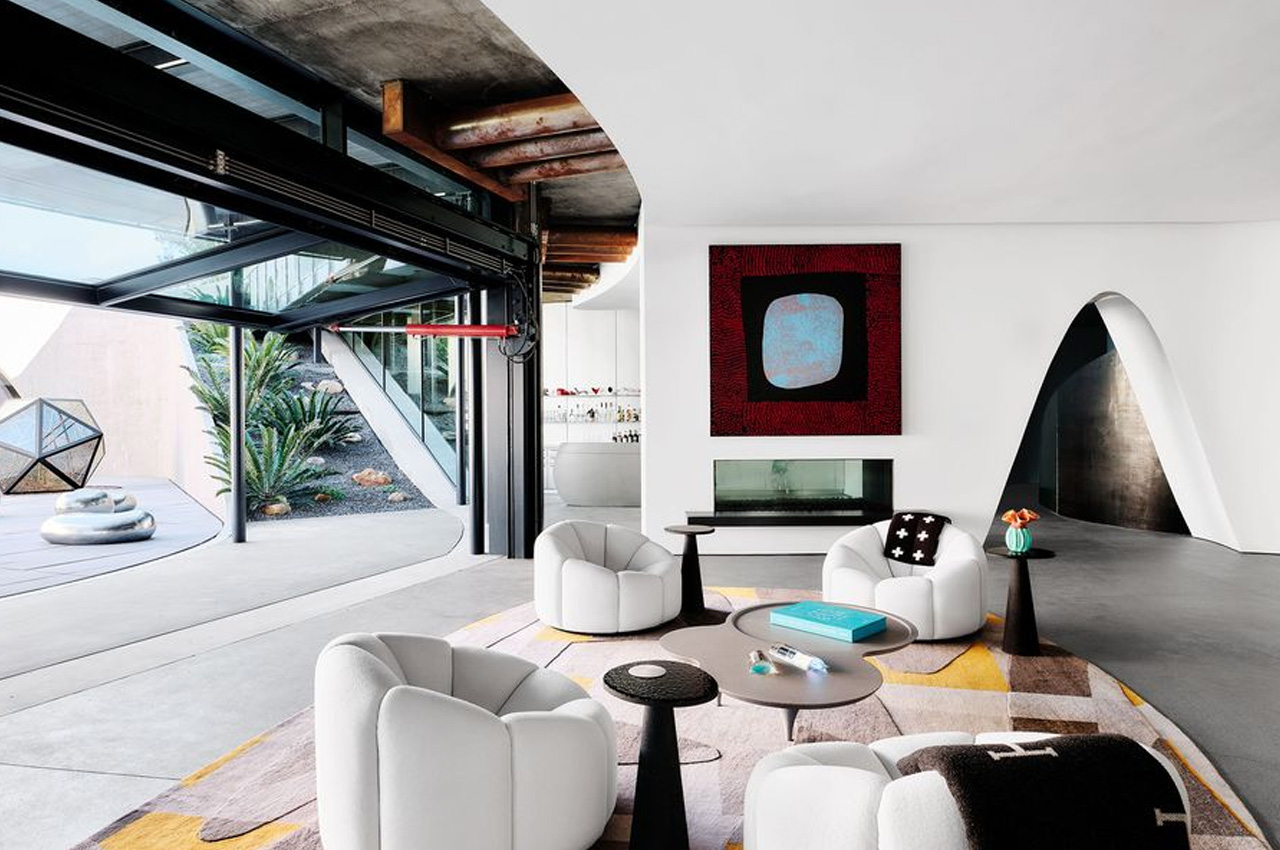
The home is quite intriguing to look at and is constructed from concrete. Weinman and Heaven instructed the architectural team to create something that would “explore the emotional and irrational”. With these instructions, Donaldson tried to build something that was structurally innovative, and had an almost surreal feel to it, while also maintaining a harmonious connection to the natural landscape. This led to the birth of the rather odd yet futuristic-looking Hill House.
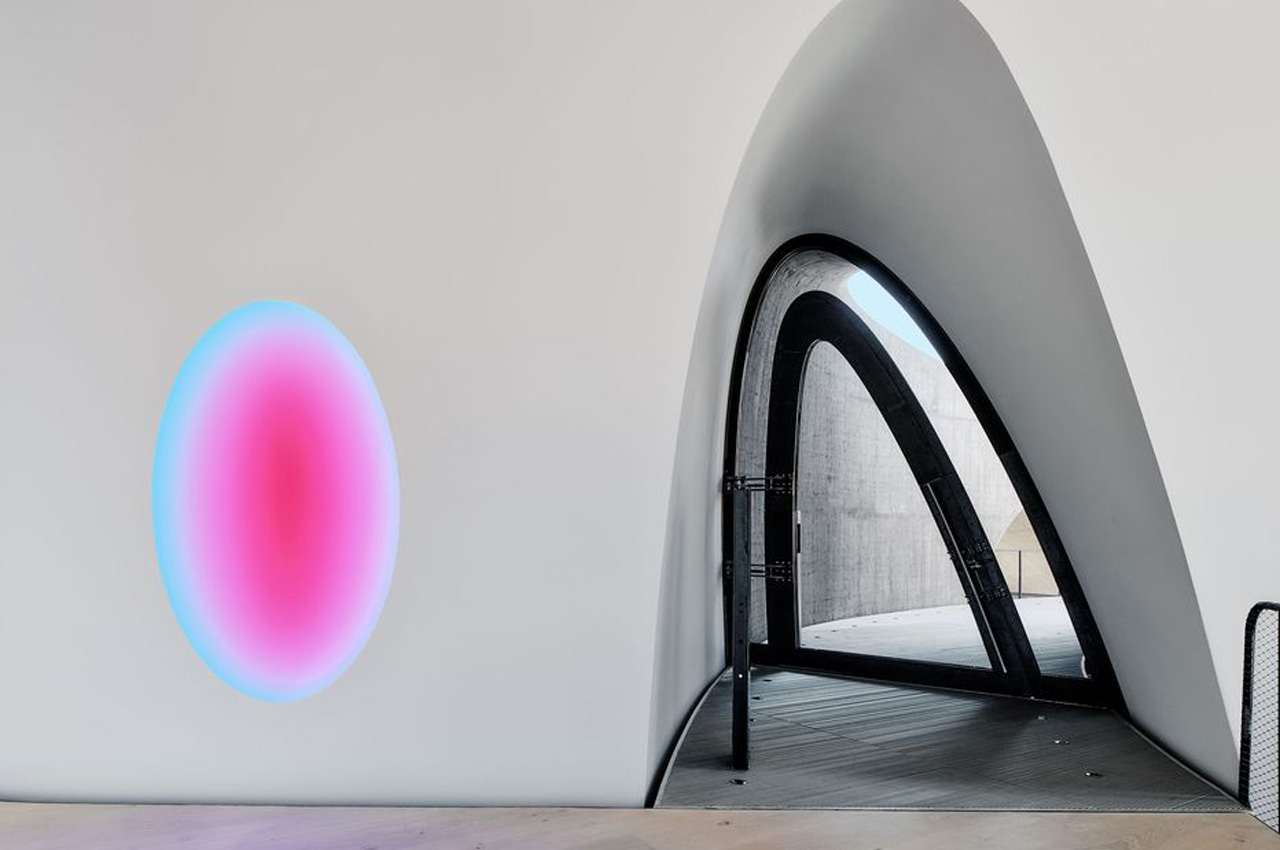
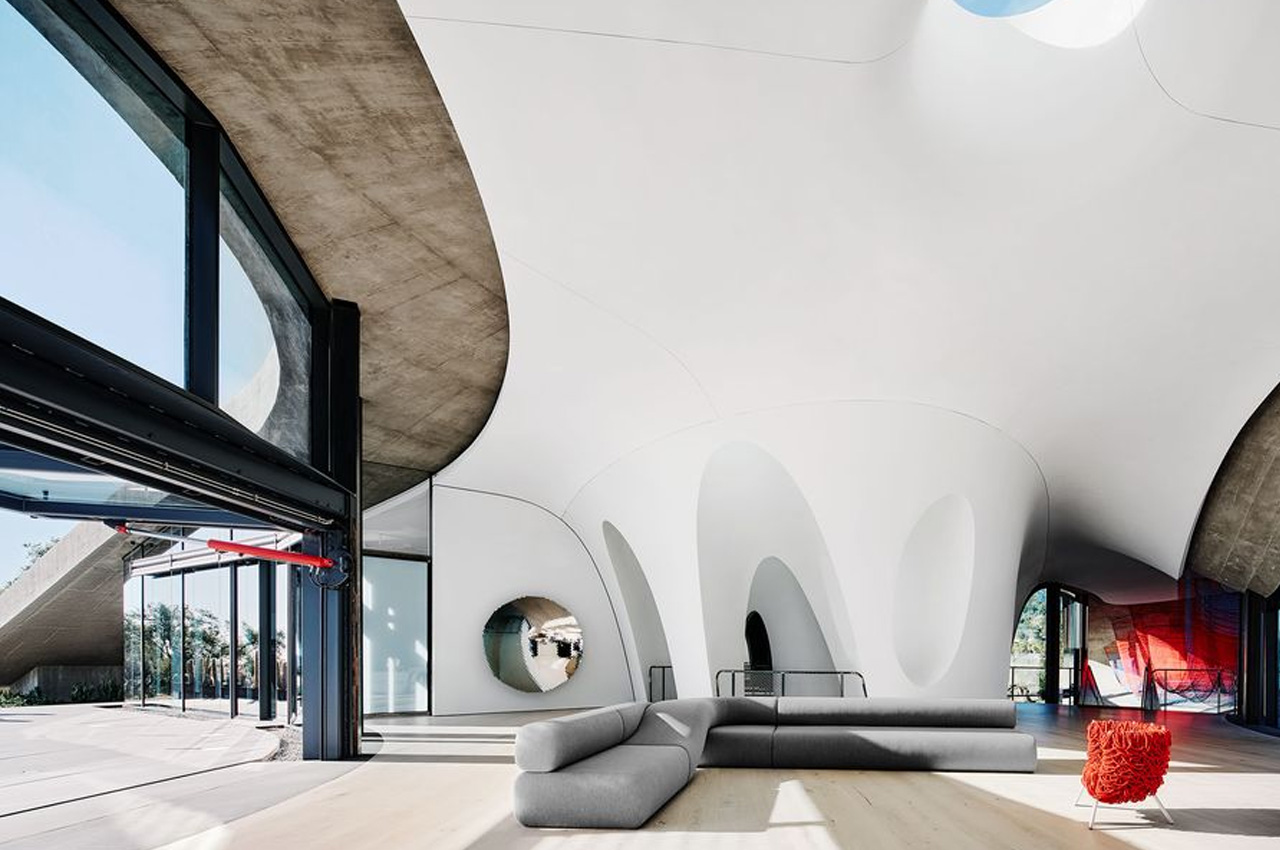
As you look at the Hill House, it brings to mind the image of a warped doughnut with a sunken courtyard nestled in the center, and the rooms positioned around it in two levels. Donaldson wanted to focus on the site’s topography as much as the architectural object of the home. The home’s lower level is set against the ground, while the upper level is topped with a walkable and fully planted roof. As visitors enter the home, they are often surprised by how comfortable it is. They are welcomed by a massive living and dining room, and which leads to a desert-inspired central garden, while myriad twists and turns guide them into the various nooks and crannies of the home.
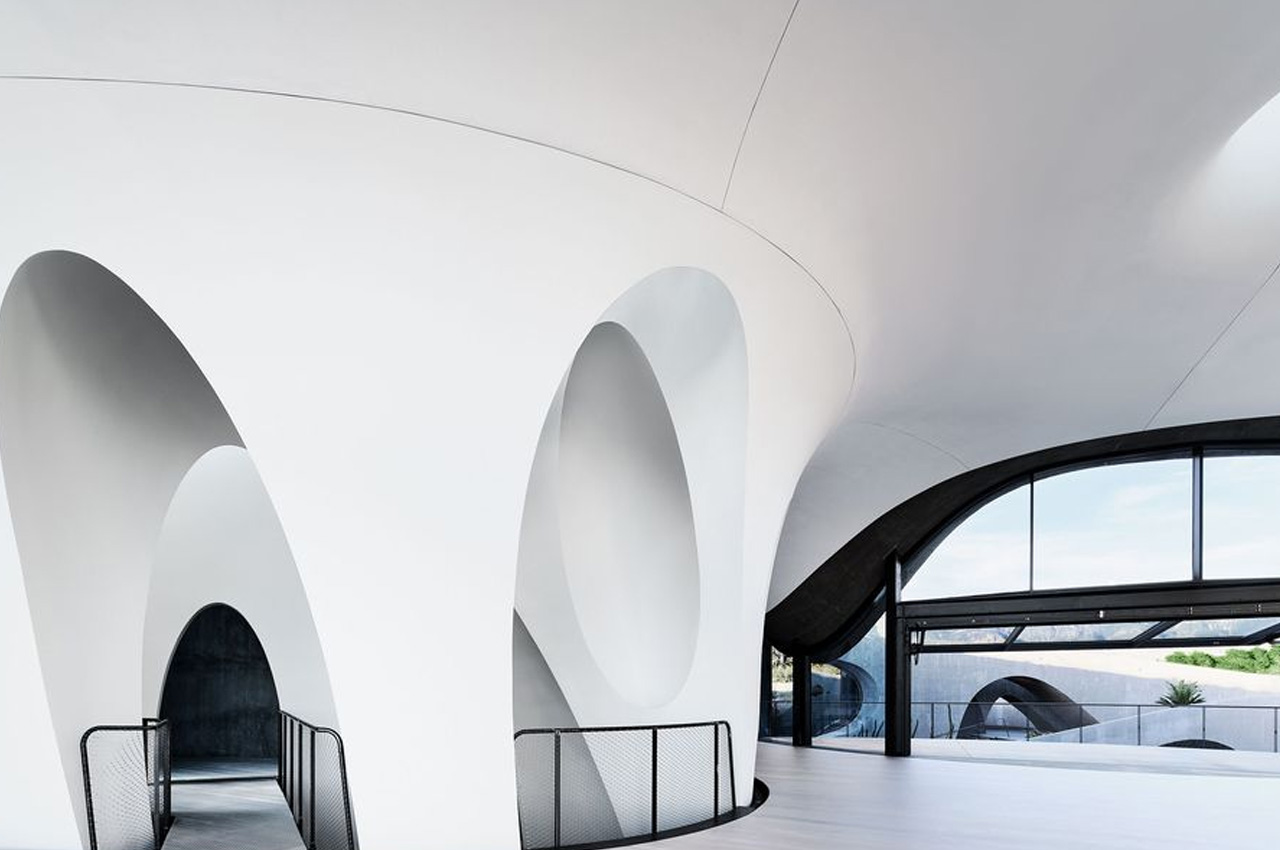
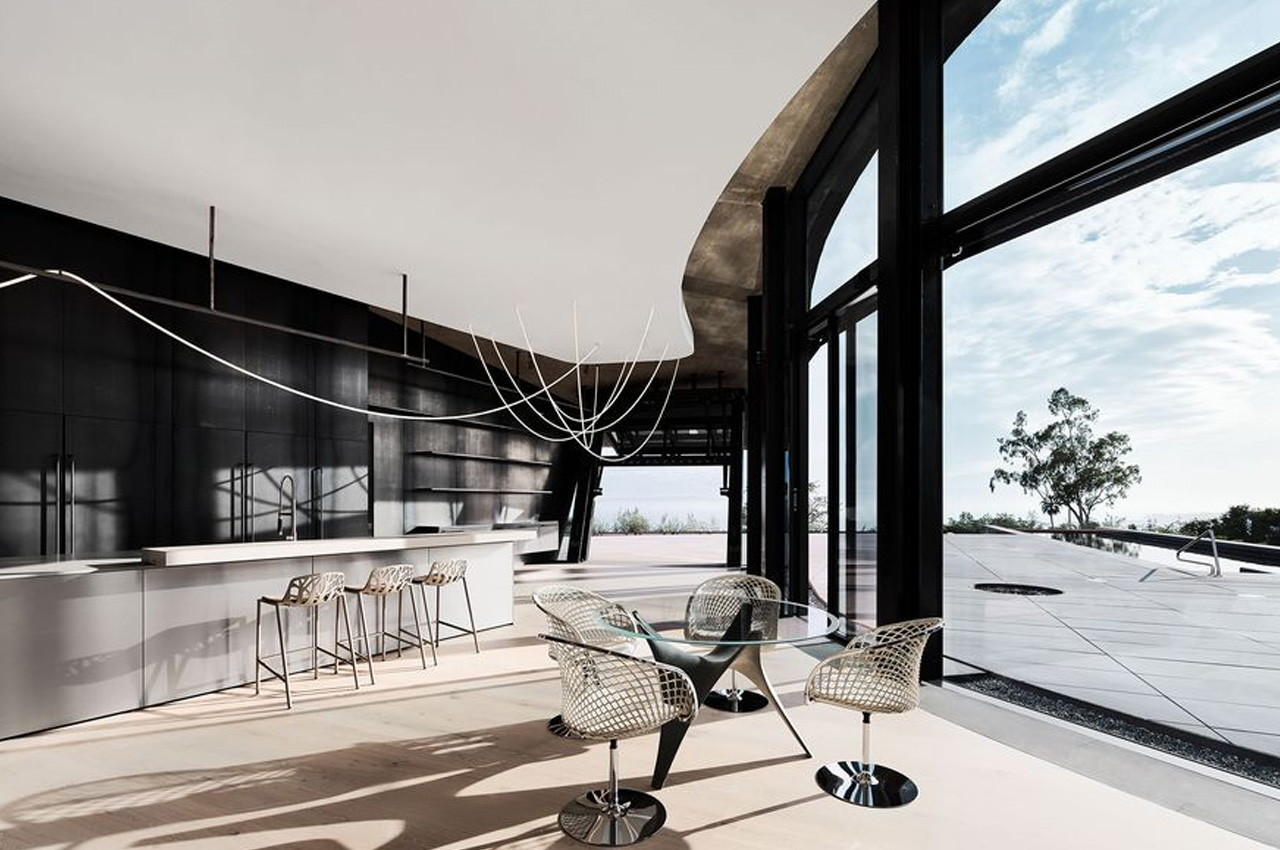
The interiors of the Hill House are quite luxurious and comfortable. Some of the amenities in the home are a movie theater, a large garage with an automobile turntable, a bar, and a rec room. The basement of the home features a working fireplace, and it is marked by a swirl-like structure, which guests can enter, creating a truly surreal experience, unlike anything you experience in most homes these days.
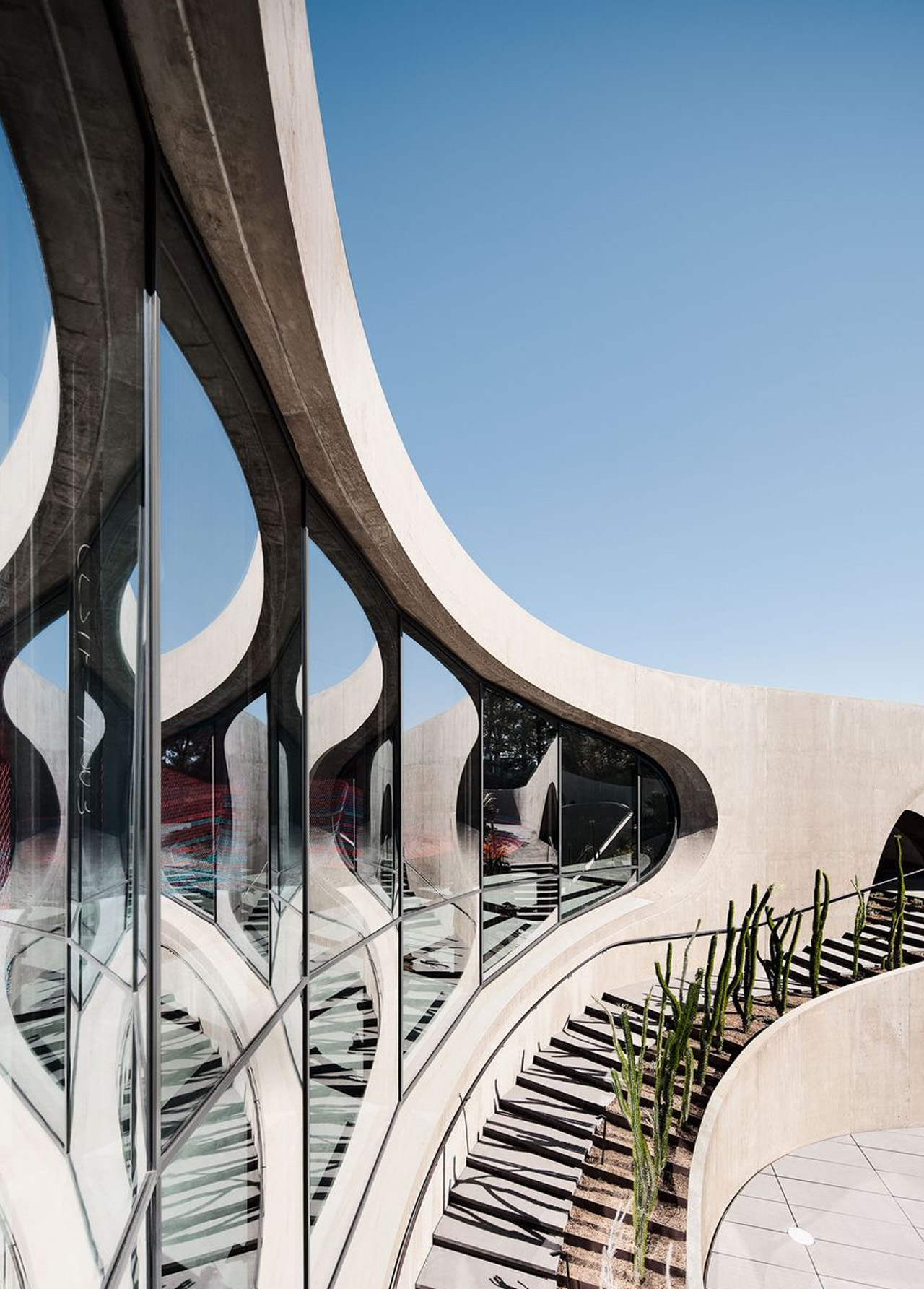
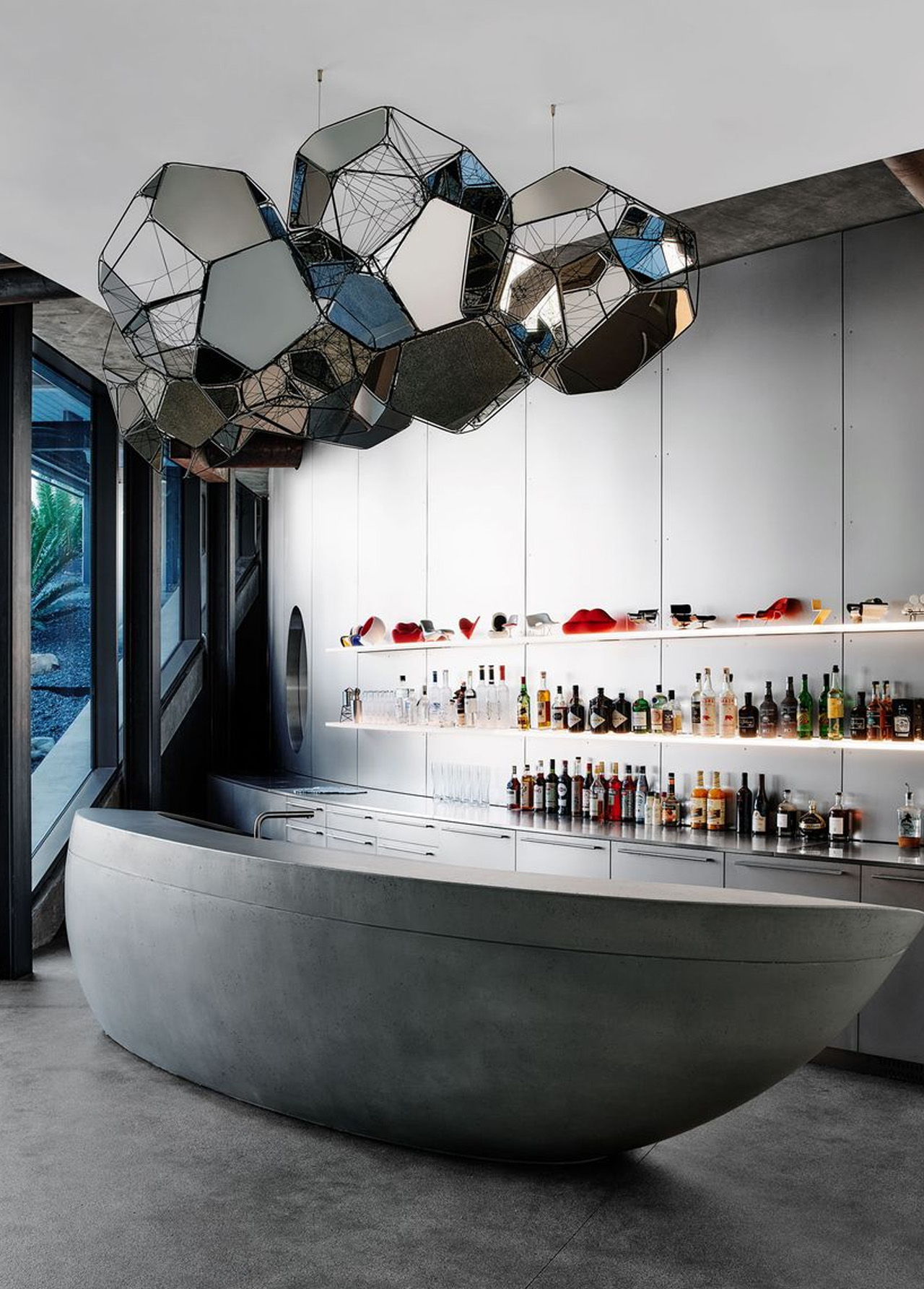
The post Unlike Its Spooky Namesake, This Hill House Is Futuristic, Surreal & Built From Concrete first appeared on Yanko Design.